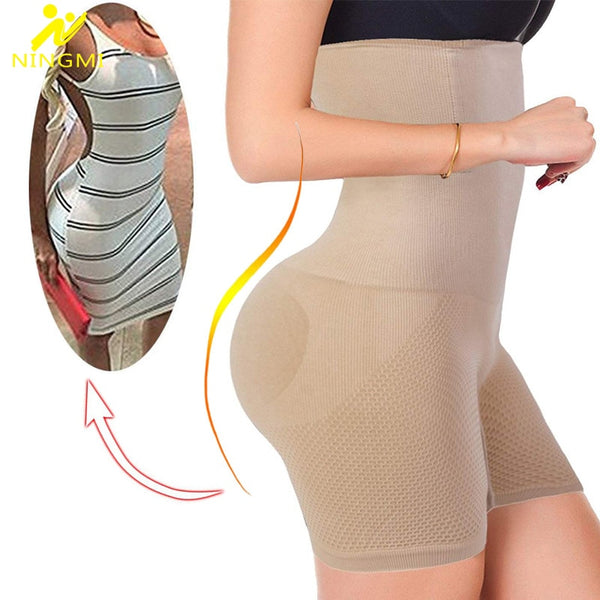

- #ARDUINO MANAGER MANUAL HOW TO#
- #ARDUINO MANAGER MANUAL INSTALL#
- #ARDUINO MANAGER MANUAL ZIP FILE#
- #ARDUINO MANAGER MANUAL CODE#
- #ARDUINO MANAGER MANUAL BLUETOOTH#
Since we will implement the blink example using the LED onboard the STM8S103F, there is not much to do in terms of schematics. We will use the LED onboard the STM8S103F development board, but if you will like to use a normal LED, you can add a LED and a 220 ohms current limiting resistor to the list of components. The following components are required to follow this tutorial:Īll of these components can be bought from your favorite electronics component store. For demonstration purposes, we will use the STM8S103F Development Board, and our goal will be to upload the blink example to the board. So for today’s tutorial, I will examine the process involved in setting up your Arduino IDE to program an STM8 based microcontroller. Sduino is still under development and does not currently support a good number of popular Arduino libraries, but it supports enough to be useful.
#ARDUINO MANAGER MANUAL CODE#
The Sduino tool allows these microcontrollers to be programmed using the Arduino-C while and also supports the Standard Peripheral Library (SPL) which means the same code written on the Arduino IDE can be compiled with little or no modification on the official ST Visual Develop IDE. They are manufactured using ST-proprietary 130 nm embedded non-volatile memory technology and support fast and safe development through enhanced stack pointer operations, advanced addressing modes, and new instructions. The STM8 family of microcontrollers comprises the STM8S, STM8L, and STM8AF series of microcontrollers which are implemented around a high-performance 8-bit core and come with a state-of-the-art set of peripherals. To benefit from the ease of programming offered by the Arduino IDE, communities around different microcontrollers build compatibility tools and one of the latest is the Sduino tool developed by Michael Mayor to facilitate programming of STM8 microcontrollers using the Arduino IDE. The success of the Arduino boards and related microcontrollers like the Atmega328p can be attributed to the versatility and ease of programming it brings, and one can easily link the success of more than 70% of microcontrollers/dev boards that have attained a level of popularity similar to the Arduino, to their compatibility with the Arduino IDE. The ESP32 has a 2.3V to 3.6V operating voltage.While full-time embedded firmware developers like me may always have one thing or the other against the Arduino IDE, the truth is, the IDE remains one of the most versatile and widely used embedded development platforms in the world today. To do that, hold the Boot button and press the EN button. If the blue LED is off, you probably need to make your module go into uploading mode. You just need to add the following line at the beginning of the sketch to make the on-board LED blink. You can now upload a simple example code like the Blinking sketch to see if your board is working. Then in your Arduino IDE navigate to Tools > Board > ESP32 Dev Module to select your board. Plug the ESP32 into your computer using a micro USB cable. The ESP32 Arduino Core is now installed and you can now open your Arduino IDE. Run it as administrator.Īfter the installation, the xtensa-esp32-elf folder should appear in the tools folder. You only need to navigate to the tools folder and right click on get.exe.
#ARDUINO MANAGER MANUAL INSTALL#
Next, install the Xtensa code compiler for the ESP32:
#ARDUINO MANAGER MANUAL ZIP FILE#
Then go to your Arduino Directory > hardware and create an espressif folder and a sub folder, esp32.Īfterwards, extract the zip file you previously downloaded into this folder.

To start using the ESP32 with the Arduino IDE, you also need to install the ESP32 Arduino Core: Go to this link and choose the right version for your OS. There isn’t an official Arduino board manager installed, so you have to follow these steps to get started:īefore starting the installation you need to download the updated version of the CP210x USB to UART Bridge VCP Drivers.
#ARDUINO MANAGER MANUAL HOW TO#
So don't! In this tutorial, you'll learn how to use this nifty little development board with the Arduino IDE. However, for most Arduino fans, you can't just drop our beloved Arduino IDE.
#ARDUINO MANAGER MANUAL BLUETOOTH#
Not only can it connect to the internet through both WiFi AND Bluetooth but it's also a more powerful MCU than Arduino UNO. The ESP32 development board is a nice MCU to have in your toolkit.


 0 kommentar(er)
0 kommentar(er)
